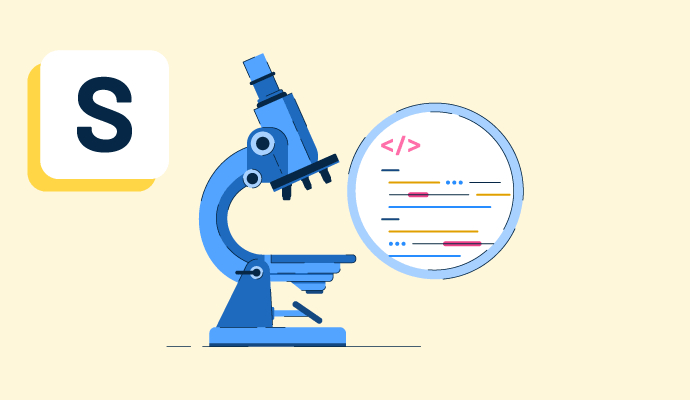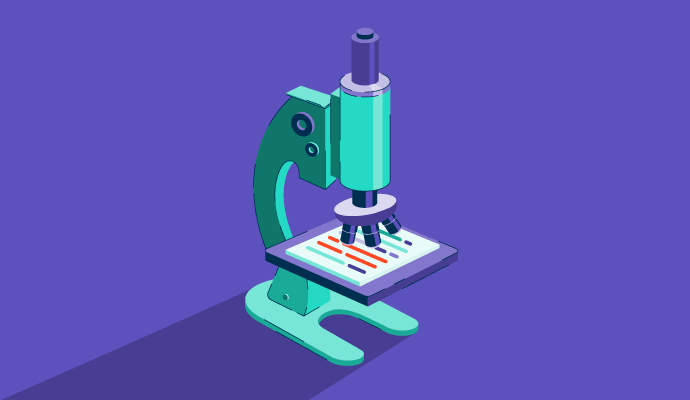What is static code analytics?
Static code analytics is a type of source code management whereby code is reviewed for bad code styling or potential security flaws and vulnerabilities. The analysis is completed in a white-box testing environment, where the code doesn’t run, but is reviewed separately.
Specialist static code analysis software is used to run the analysis and scan the code itself, validating it against industry standards and company-specific requirements, if necessary.
When adding any new source code to a site or program, static code analysis should be implemented upfront as part of the software development lifecycle.
Types of static code analytics
Several methods for analyzing static code are practiced. While they can all be run simultaneously, some are better suited for particular goals and outcomes.
- Control analysis. Using a control flow process, the sequence of the way code is called and processed is assessed for inefficiencies or errors.
- Data analysis. When data objects are added to the code, this type of analysis reviews data structures, their dependencies, and how data flows through the code.
- Fault or failure analysis. This type of static analysis looks for input and output errors in the static code at any point during its running cycle.
- Interface analysis. Code can only be run effectively on the correct interfaces. This analysis verifies the coding distribution system and how it interacts with the user interface it’s operating on.
Basic elements of static code analytics
All static code analytics software tools have three key features that inform developers of what they need to review or fix in the code.
- An integrated development environment (IDE). Developers write and organize code before implementation using this tool. When running static code analytics, code should be pulled into the IDE continually, while the analytics software is running.
- Real-time notifications. Analytics programs should always be running in the background. This means they can continually scan for updates and give developers alerts as soon as an error or flaw happens. Once identified, the problems can be addressed as an immediate priority, without developers having to spend the rest of their time monitoring.
- Recommendations for updates. Any non-urgent recommendations should also be flagged in static analytics software for developers to look at. These improve the code overall, but aren’t as time-sensitive as those noted in real-time notifications.
Benefits of static code analytics
Like other forms of analytics, the more developers know in the beginning, the better software can run. With static code analytics, the benefits include:
- Cost and time savings. Knowing when a vulnerability is present in source code as soon as it occurs means that teams can take action quickly, without incurring additional problems. This saves a significant amount of both time and money on fixing small issues before they become big.
- Improved security. Cybersecurity ought to be a top priority for every organization. With static code analysis, developers can take action before a threat does lasting damage or prevent criminals from accessing other parts of the system before a major data breach takes place.
- Continual debugging. Before software is released on a wider scale, code analysis can detect and prompt developers to patch bugs. This ensures any deployment of the code is cleaner and more efficient.
- Improved code quality. Even with larger operating systems, the overall quality and size of code is still important to consider. Minimizing code defects at the source improves run times and reduces downstream inefficiencies. It also enables developers to build cleaner code for future projects, particularly if the source code is used as a template for ongoing work.
Best practices for static code analytics
Running static code analytics is an ongoing practice, but before launching a new analytics program, developers should:
- Review the overall scope. Knowing the scale of the source code being analyzed before setting up new software gives teams the opportunity to find a solution that works for their specific coding needs.
- Write code with usability as the focus. While analytics identifies errors in existing code, developers should always aim to write the cleanest code possible from the outset. The better the input is, the lower the chance of errors later. Even if mistakes do happen, cleaner code should make any patches and updates easier to complete.
- Keep logs of code errors and vulnerabilities. This is particularly important if using snippets of source code across multiple software. Errors may happen again in the future, so it’s best to keep a record of anything that was discovered by analytics tools and fixed to speed up problem-solving and resolutions in future code.
- Add dynamic code analytics. Static code analytics is designed to review code when it’s not running. On the other hand, dynamic analysis identifies vulnerabilities in a black-box environment, reviewing and flagging problems in code that’s already live. Running both at the same time should cover all possibilities within a company’s coding.
Use software development analytics tools to consolidate your team’s historical data in one place and build cleaner code.

Holly Landis
Holly Landis is a freelance writer for G2. She also specializes in being a digital marketing consultant, focusing in on-page SEO, copy, and content writing. She works with SMEs and creative businesses that want to be more intentional with their digital strategies and grow organically on channels they own. As a Brit now living in the USA, you'll usually find her drinking copious amounts of tea in her cherished Anne Boleyn mug while watching endless reruns of Parks and Rec.

